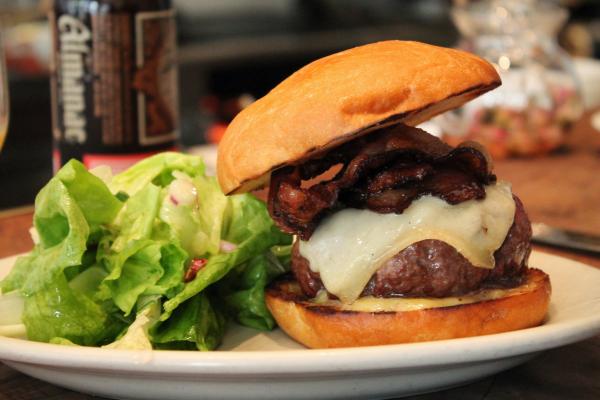Many of us are aware that when it comes to food – and controlling what we eat, as well as weight loss – our minds can sometimes play tricks on us. You could say there are moments when we want to believe what we want to believe.
It is that mindset that gives rise to what's called, in scientific circles, the "negative calorie illusion."
Wait, what? Negative calories? There's no such thing, so what's this all about? It's basically, convincing yourself that by eating one thing another thing isn't as bad as it really is.
This concept, first made known from a 2010 study, is likely to get added attention this winter with the publication of a forthcoming book on the subject called Gene Eating: The Science of Obesity and the Truth About Diets. The author, Dr. Giles Yeo, a geneticist from Cambridge University who specializes in studying obesity, has written the "seminal 'anti-diet' diet book" that "cuts straight to the data-driven facts," according to his British publisher. And in this age of bogus weight-loss book nonsense, we hope those claims are truly accurate.
 Dr. Yeo picks up on the research initially conducted by Alexander Chernev, a professor at the Kellogg School of Management at Northwestern University in Evanston, Ill. In that study eight years ago, Chernev found that weight-conscious adults consistently believed that if a "healthy" food item is presented along with one that's not, the "unhealthy" item is seen as containing fewer calories than it really has.
Dr. Yeo picks up on the research initially conducted by Alexander Chernev, a professor at the Kellogg School of Management at Northwestern University in Evanston, Ill. In that study eight years ago, Chernev found that weight-conscious adults consistently believed that if a "healthy" food item is presented along with one that's not, the "unhealthy" item is seen as containing fewer calories than it really has.
"People intuitively believe that eating healthy foods in addition to unhealthy ones can decrease a meal’s calorie count,” said Chernev, in connection with his paper, titled "The Dieter's Paradox," published in April 2011 in the Journal of Consumer Psychology.
In a study of over 900 subjects asked to estimate calorie counts for food choices, researchers consistently found this to be the case. For instance, when three celery sticks were paired with a cheeseburger, the participants felt the meal contained fewer calories as compared to when the cheeseburger was served alone – which, of course, is impossible. The same erroneous estimates held true for a bowl of chili with cheese (versus the chili and a side salad) and a meatball pepperoni cheesesteak (as compared to the cheesesteak with a side of celery and carrots). The offering with two selections was estimated to have fewer calories than a single "unhealthy" offering.
And if those results weren't discouraging enough, these wayward estimates led to even greater health issues.
“Because people believe that adding a healthy option can lower a meal’s caloric content," Chernev added, "the negative-calorie illusion can lead to overconsumption, thus contributing to the obesity trend.”
Since 2010, further research has refined the results. Researchers have determined that only when "virtue" (healthy) food and "vice" (unhealthy) food are combined do they witness the negative calorie illusion taking place.
Given this phenomenon, here's an amusing exercise that you might want to try. Take a look around, scanning ads, on TV, in restaurants and supermarkets, to see how many virtue foods are presented alongside vice foods, for the purpose of making the higher-calorie offering appear more appealing. You'll undoubtedly find that it's a standard marketing practice.
While this topic is about how some segments of the population perceive food, those overly skeptical might be prone to downplay the results. But that'd be a mistake, since at the very least it's fascinating to learn why people do what they do, and think what they think. And if that's a path to helping weight-conscious adults control their appetites, and a way of addressing obesity in general, then this work has merit.




